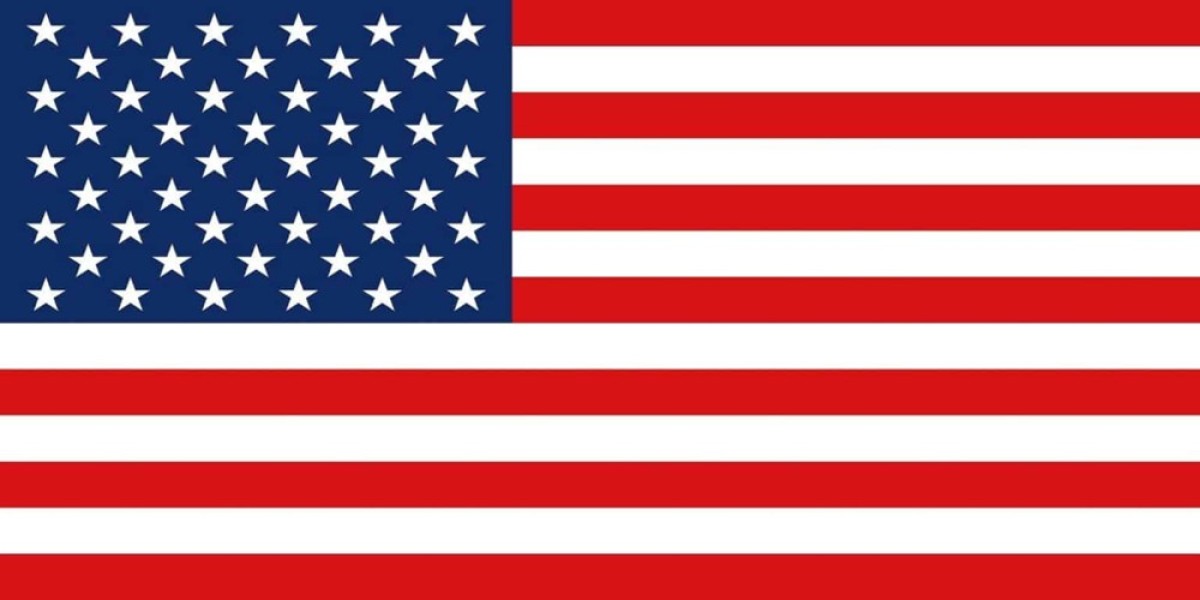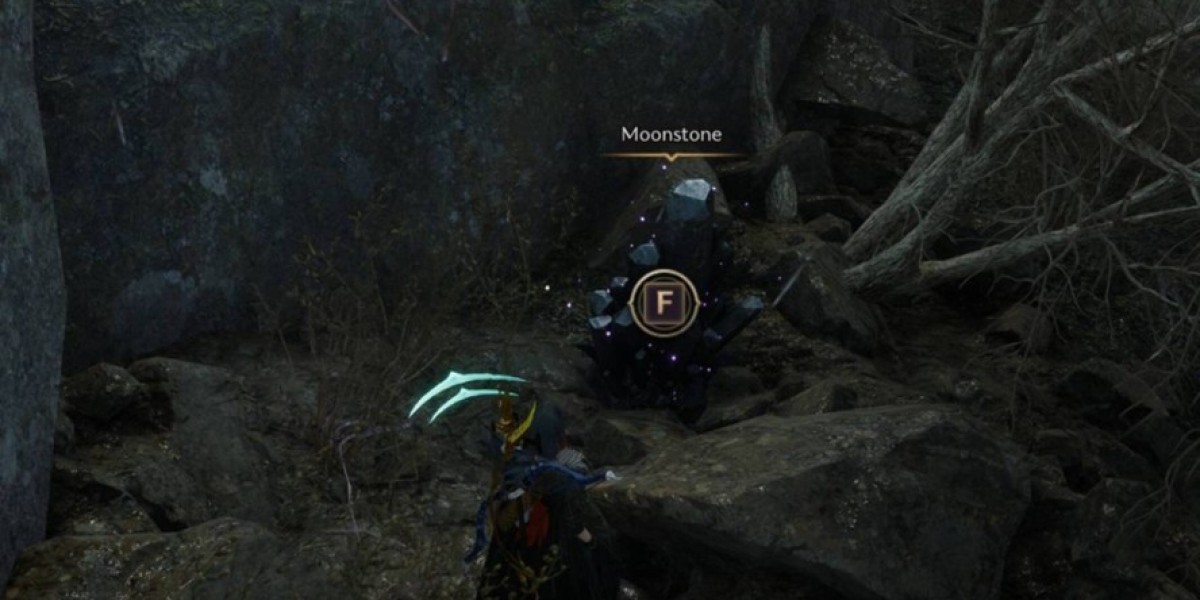For discerning vehicle owners, preserving a car's pristine factory finish is a long-term investment. The battle for superior protection is primarily fought between two heavyweight champions: Paint Protection Film (PPF) and Ceramic Coating. While both promise to shield your vehicle, their methodologies, performance, and long-term value are fundamentally different. This in-depth analysis cuts through the marketing hype to deliver a clear ppf definitive comparison, empowering you to make an informed decision that aligns with your vehicle's needs and your expectations for durability.
Understanding the Core Technologies: A Barrier vs. A Coating
To choose the right protection, you must first understand the fundamental science behind each product. They are not interchangeable solutions; they operate on entirely different principles.
What is Paint Protection Film (PPF)?
Modern Paint Protection Film, often referred to as a "clear bra," is a physically robust, thermoplastic urethane film applied directly to your vehicle's painted surfaces. Think of it as a second, transparent skin for your car. Early versions were prone to yellowing and hazing, but today's high-quality films, often self-healing, are a technological marvel. They are engineered to absorb the impact of road debris, stone chips, and minor abrasions, sacrificing themselves to preserve the factory paint underneath. The application of a high-quality Clear PPF is a meticulous process that requires professional skill to ensure seamless edges and a perfect, invisible fit.
What is Ceramic Coating?
Ceramic Coating, also known as nano-ceramic coating, is a liquid polymer that is chemically applied to a vehicle's exterior. Once cured, it forms a permanent or semi-permanent bond with the factory paint, creating an exceptionally hard, hydrophobic (water-repellent) layer. This layer acts as a formidable shield against environmental contaminants such as bird droppings, bug splatter, tree sap, and UV radiation. It does not create a physical barrier thick enough to prevent rock chips but makes the surface incredibly slick and easy to clean.
The Long-Term Protection Showdown: A Detailed Breakdown
Long-term protection isn't a single metric; it's a combination of resilience, maintenance, and appearance over many years. Here’s how these two solutions stack up in critical categories.
Defense Against Physical Impact and Scratches
This is the most significant differentiator. PPF is the undisputed winner in physical protection. Its elastic, mil-thick (8-10 mils) construction is designed to absorb and dissipate energy from road debris, gravel, and minor scrapes. Many premium films even feature self-healing properties, where minor swirl marks and light scratches disappear with the application of heat, either from the sun or warm water.
Ceramic Coating, while extremely hard, offers minimal impact protection. The coating itself is only a few microns thick—far too thin to prevent a stone chip from cracking through to the paint. Its hardness primarily defends against fine swirl marks inflicted during improper washing, not against high-impact hazards.
Resistance to Chemical Stains and Contaminants
Both products excel here, but through different mechanisms. Ceramic Coating creates a non-porous, chemically resistant surface. This means that harsh chemicals, bird droppings, and tree sap cannot easily etch into the paint because they cannot bond to the slick surface. The hydrophobic nature causes water and fluids to bead up and roll off, taking surface dirt with them.
PPF also provides excellent chemical resistance, protecting the underlying paint from permanent etching. However, the film's surface itself can be stained if contaminants are left on for extended periods, though it is generally very resilient. Its primary defense is physical, not chemical slickness.
Long-Term Durability and Lifespan
The investment in a protective solution is measured in years. High-quality Paint Protection Film boasts an impressive lifespan. Top-tier brands often come with 10-year warranties, with many films lasting the entire lifetime of the vehicle with proper maintenance. It is a true "install and forget" solution for physical damage.
Professional-grade Ceramic Coatings typically offer a lifespan of 2 to 5 years, with some premium formulations promising up to 7 or 9 years. The longevity is heavily influenced by maintenance, including the use of specific pH-neutral soaps and periodic topical boosters. It is a long-term commitment that requires consistent upkeep to realize its full lifespan.
Gloss, Depth, and Aesthetic Appeal
A ceramic-coated car is often described as having a "wet look." The coating enhances the paint's depth and clarity, creating an intense, high-gloss shine that is difficult to achieve with sealants or waxes. The hydrophobic effect adds to the spectacular visual appeal, especially when water beads perfectly on the surface.
PPF has made tremendous strides in optical clarity. Modern films are virtually invisible and many are designed with a "self-healing top coat" that maintains a high-gloss finish. While it may not enhance the gloss to the same degree as a ceramic coating, it preserves the factory finish perfectly, protecting the very gloss you seek to maintain.
The Ultimate Combination: Maximizing Protection with PPF and Coating
For the ultimate in long-term protection and ease of maintenance, the industry's worst-kept secret is to combine both technologies. This synergistic approach leverages the unique strengths of each product.
The recommended strategy is to apply Paint Protection Film to high-impact zones—the full front bumper, hood, fenders, mirrors, and rocker panels—to create an impenetrable shield against physical damage. Then, a ceramic coating is applied over the entire vehicle, including the PPF-covered areas and the rest of the painted surfaces, glass, and wheels.
This hybrid solution provides:
Unmatched Physical Defense: The PPF takes the brunt of road hazards.
Superior Chemical Resistance and Hydrophobicity: The ceramic coating makes the entire car, including the PPF, easier to clean and resistant to staining.
Enhanced, Long-Lasting Gloss: The coating adds deep, rich gloss to both the paint and the film.
Simplified Maintenance: The slick, hydrophobic surface makes routine washing effortless, preserving the appearance and integrity of both the coating and the PPF underneath.
Making Your Final Choice: A Clear-Cut Decision Guide
Your choice ultimately depends on your primary concern and driving conditions.
Choose Paint Protection Film (PPF) if:
Your highest priority is preventing rock chips, scratches, and physical abrasions.
You frequently drive on highways or gravel roads.
You own a high-value vehicle where preserving the pristine, original paint is paramount for resale value.
You desire a "install and forget" solution with a warranty measured in a decade.
Choose Ceramic Coating if:
Your primary concerns are chemical staining, UV damage, and ease of washing.
You are seeking a dramatic, high-gloss enhancement to your paint's appearance.
Your vehicle is mostly driven in urban environments with less risk of flying debris.
You are committed to the maintenance regimen required to maximize the coating's lifespan.
For the absolute best long-term protection that money can buy, the combined application of PPF and ceramic coating is an unbeatable solution, ensuring your vehicle remains in showroom condition for years to come.






